Explain the difference in the following reactions.
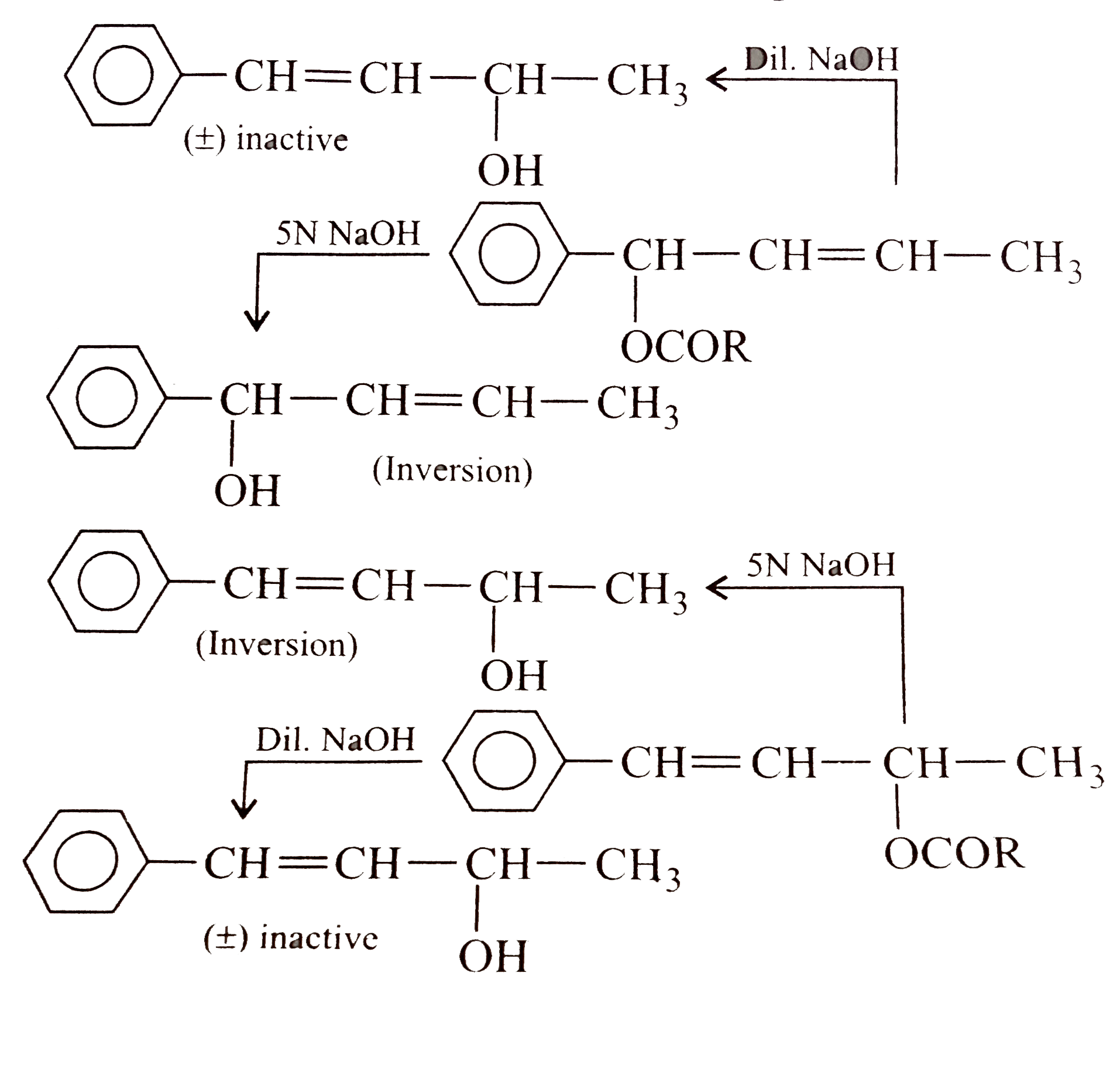 .
.
When the concentration of the nucleophile (ӨOH) is high (5NNaOH), it follows SN2 reaction and inversion takes place.
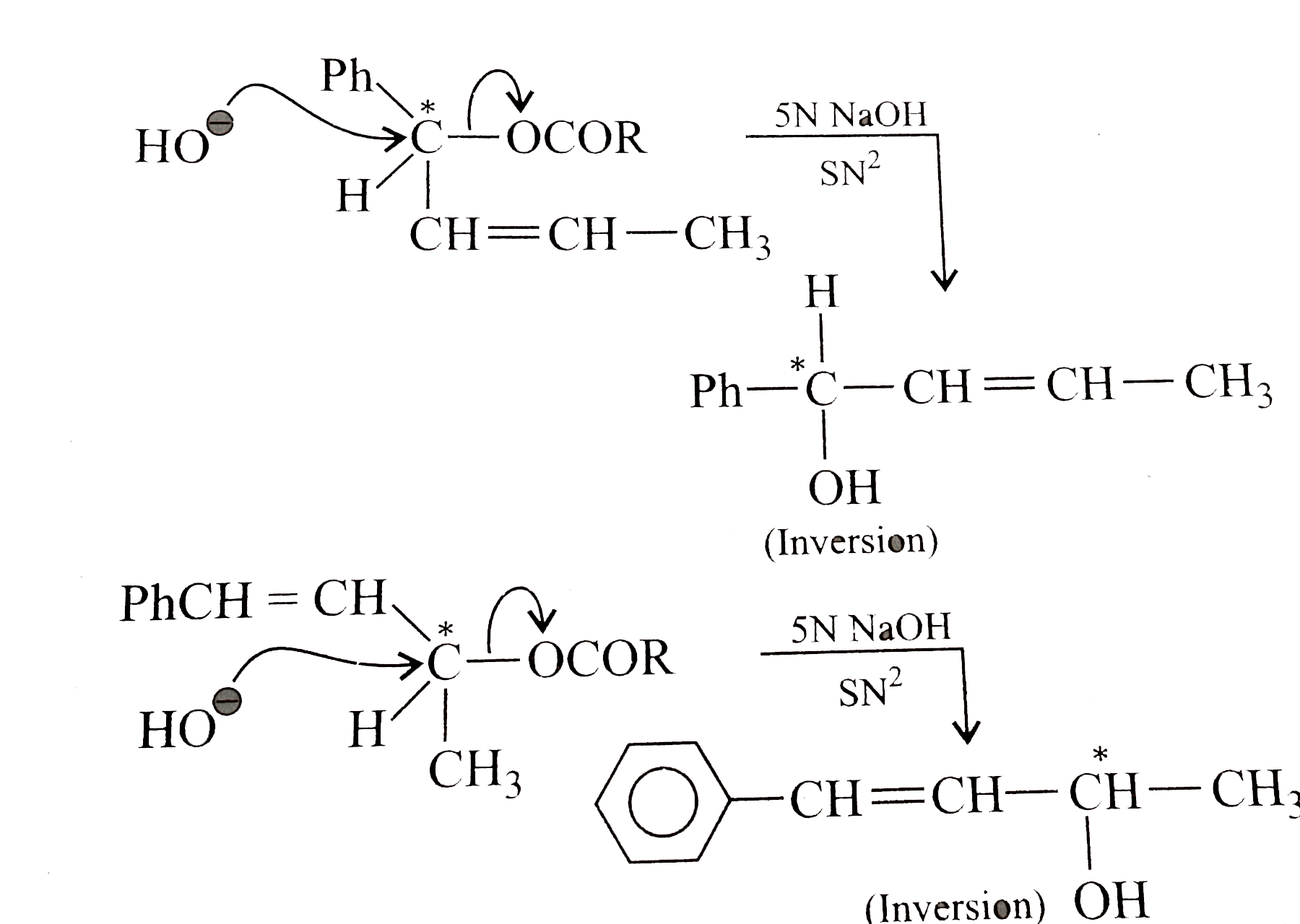
With dil. NaOH,SN1 mechanism is followed when (C=O) bond at chircal carbon is cleaved forming a carbonium. Hence, attack by nucleophile (ӨOH) takes place from both directions forming inversion and retention products resulting in (±) forms, i.e., inactive forms.
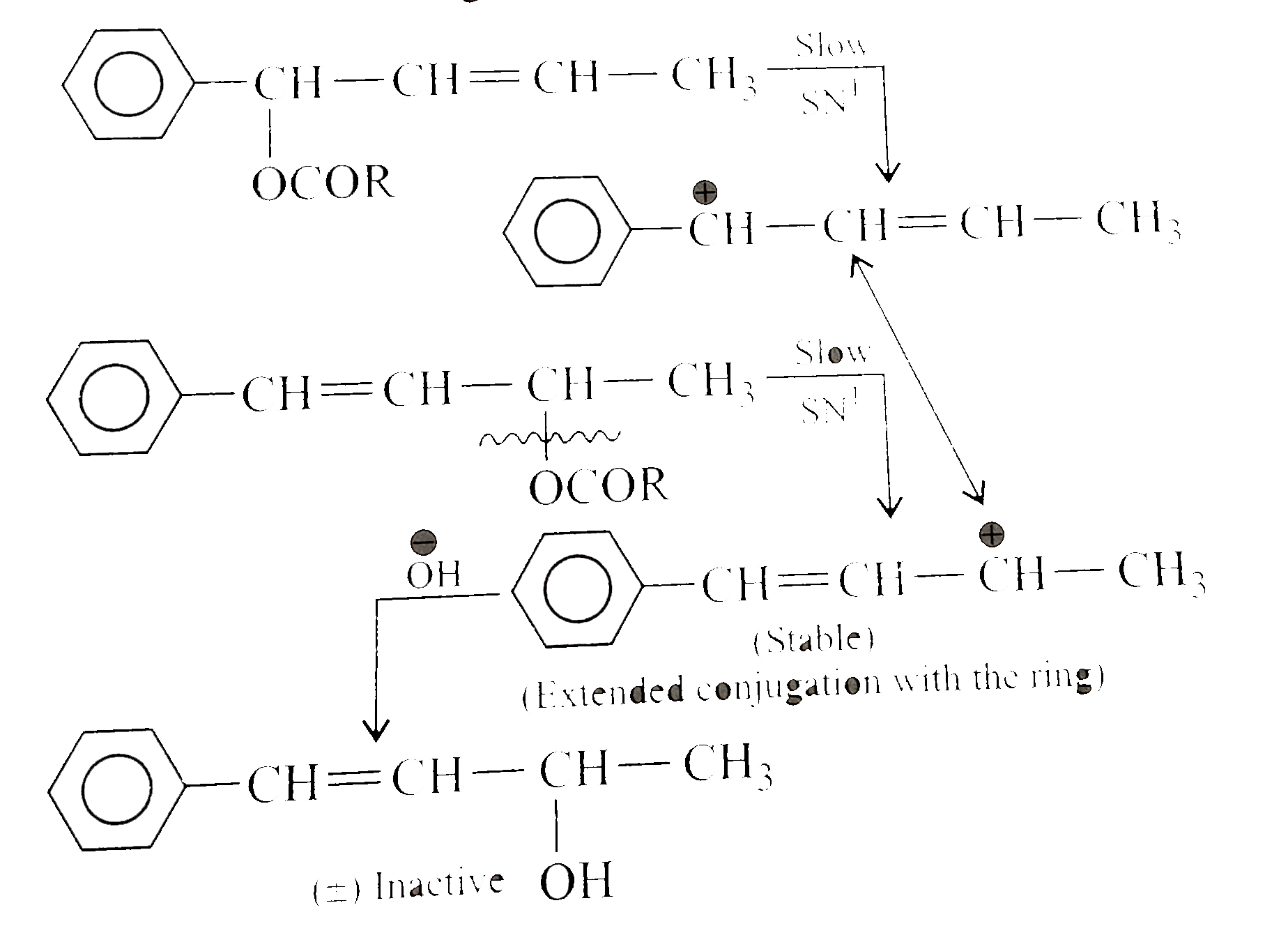 .
.
Topper's Solved these Questions
- ORGANIC REACTION MECHANISMBOOK - CENGAGE CHEMISTRYCHAPTER - ORGANIC REACTION MECHANISMEXERCISE - Comprehension
36 Videos
- ORGANIC REACTION MECHANISMBOOK - CENGAGE CHEMISTRYCHAPTER - ORGANIC REACTION MECHANISMEXERCISE - Multiple Correct
30 Videos
- ORGANIC REACTION MECHANISMBOOK - CENGAGE CHEMISTRYCHAPTER - ORGANIC REACTION MECHANISMEXERCISE - Solved Example
33 Videos
- NCERT BASED EXERCISEBOOK - CENGAGE CHEMISTRYCHAPTER - NCERT BASED EXERCISEEXERCISE - Chemical Equilibrium
72 Videos
- P-BLOCK GROUP 13 - BORON FAMILYBOOK - CENGAGE CHEMISTRYCHAPTER - P-BLOCK GROUP 13 - BORON FAMILYEXERCISE - Exercise Archives (Subjecive)
9 Videos
Similar Questions
Knowledge Check
Graphite and diamond will behave differently in which of the following reactions?
ABurning in sufficient airBReaction with hot conc. HNO3CReaction with F2DReaction with NaOH(aq.)
What is a chemical combination reaction? Explain the different types of combination reactions.
View SolutionExplain the formation of the compound in the following reaction.
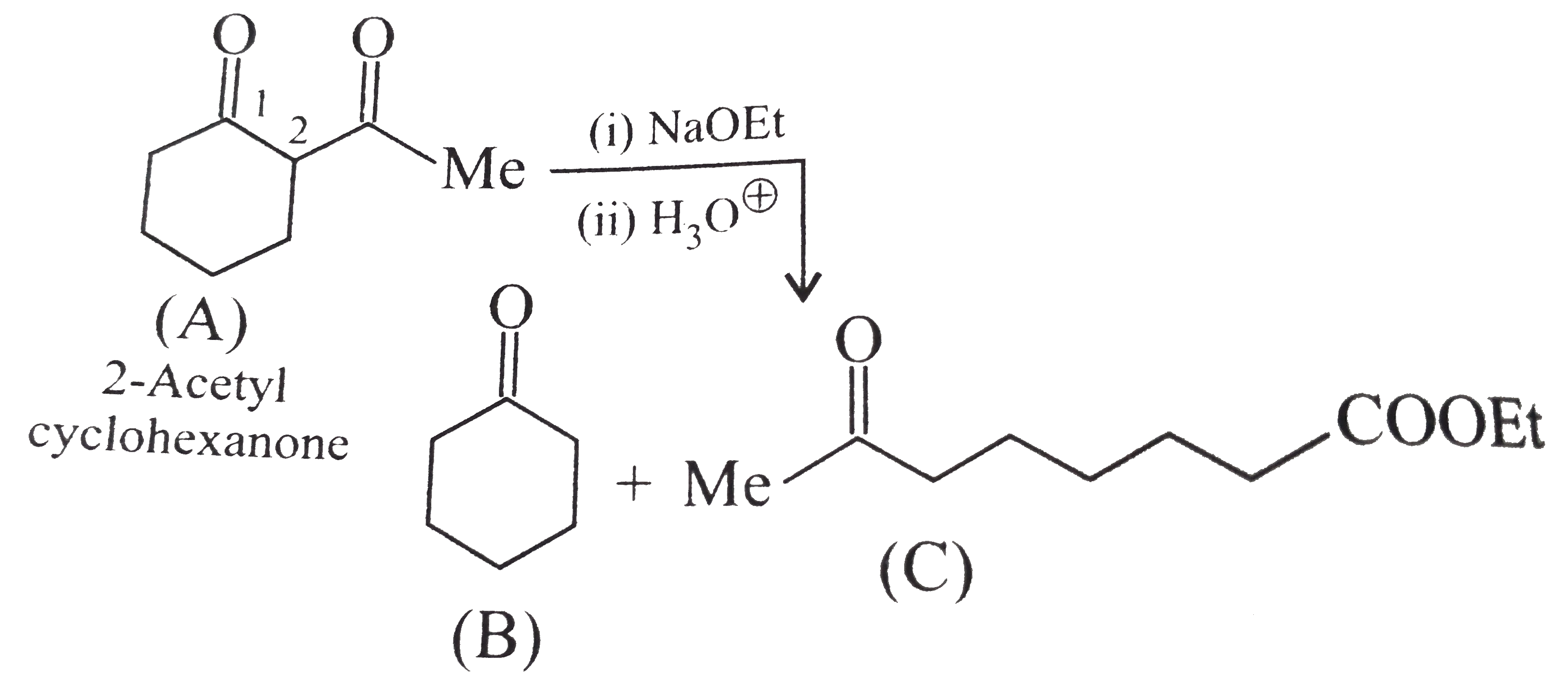 .
.
View SolutionWrite a mechanism that will explain the course of the following reaction

View SolutionExplain or complete the following reactions.
(i)
View SolutionGive the products and mechanism for each of the following reactions. Explain why nucleophilic attack on the epoxide occurs at different sites in the two reactions.

View SolutionDiscuss the various regions of the atmosphere. Explain the different chemical reactions occurring in the atmosphere.
View SolutionThe isotopes of hydrogen have different physical properties but almost same chemical properties with difference in their rate of reactions. Explain.
View Solution


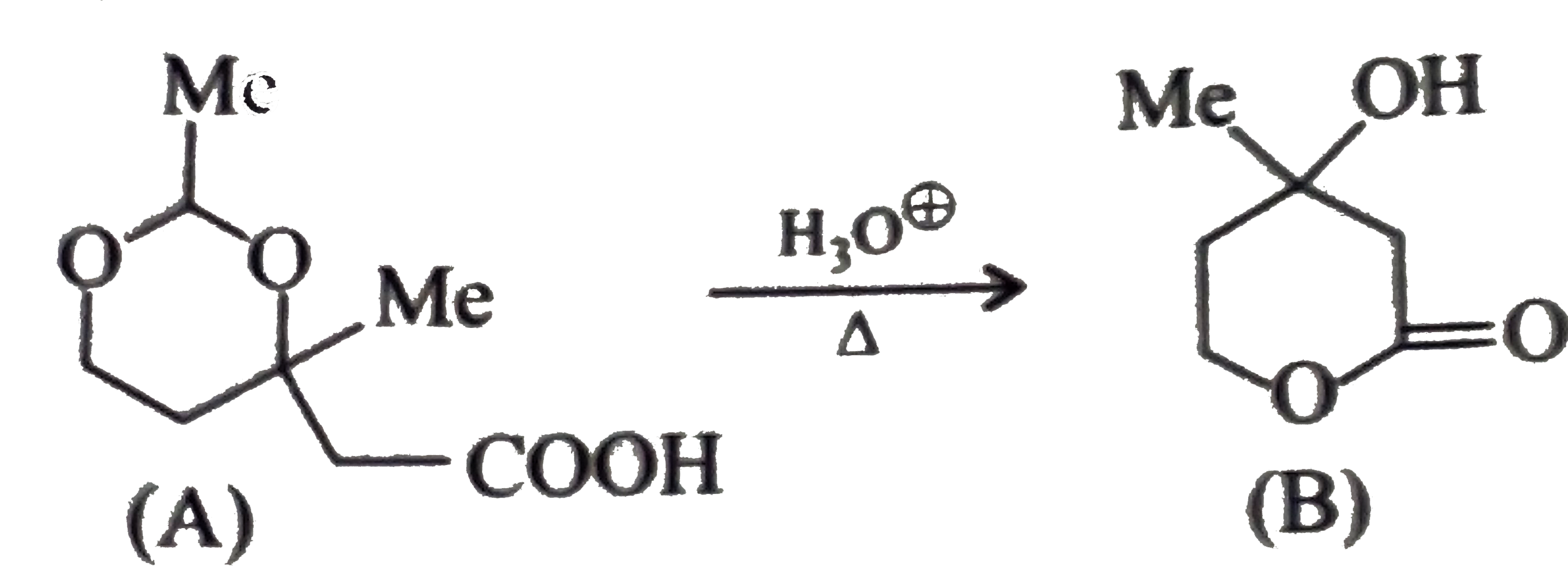 .
.